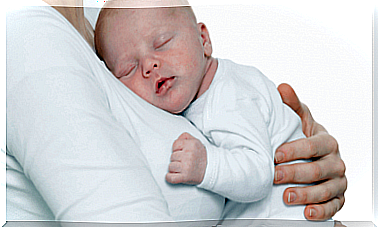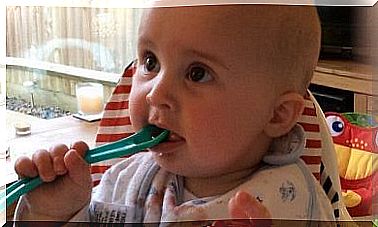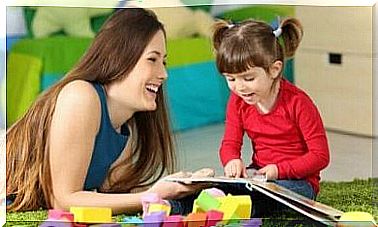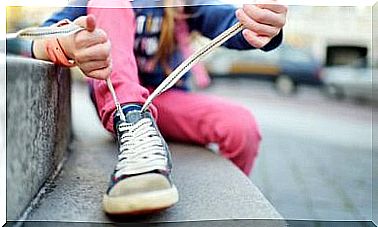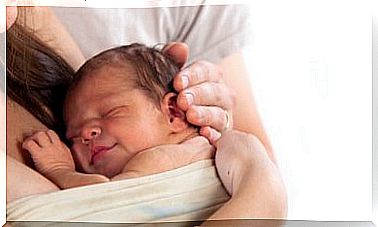How To Stop A Child’s Aggression?
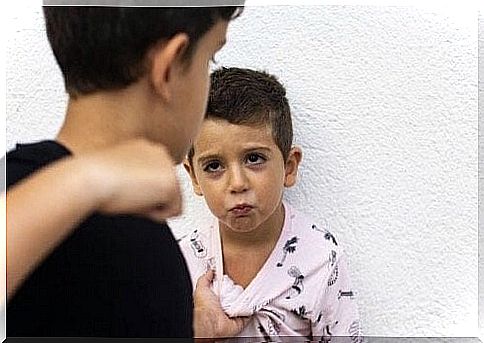
Aggressive behavior and violence are unfortunately common phenomena. As far as children and aggression are concerned, this is a worrying, though not new, phenomenon. Today, we talk about how a child’s aggression develops and how it should be approached to change a child’s behavior.
What is a child’s aggression?
This type of behavior occurs when a child wants to cause harm either physically or mentally. The act may concern another child, one’s own parents or another person or object. Usually, the behavior is intentional and manifests as kicking, shouting, scratching, pushing, swearing, or any other act of the same type.
Aggression can cause problems for a child both in personal life and in the school environment, as well as in social interaction and group behavior in general.
A child’s aggression is often an outwardly visible indication of an internal problem. It usually reflects a problem in the emotional life where the child experiences emotions that erupt in the form of rage and anger.
How to end a child’s aggression?
A child’s aggression is based on learned behavior, and behavior can be modified with the right kind of attitude. To combat child abuse, it is very important that parents and teachers work together to supervise the child.
Under no circumstances should physical punishment be used to eliminate a child’s aggression. Such discipline may exacerbate the child’s use, and physical punishment is not permitted under any circumstances. Physical punishment causes the child to mimic aggressive behavior while increasing the anxiety he or she is experiencing.

The right way to control a child’s aggressive behavior is to stay patient and consistent – all the time. It is common for parents to experience despair when witnessing aggressive behavior by their child. The following tips can be used to reduce such use.
1. Identify the problem
The very first thing in controlling a child’s behavior is this, meaning that both parents need to identify the problem and understand what kind of aggression the child has.
It is important to be objective and accurate in defining aggressive behavior. In this way, parents will be able to be rigid in their response by the following means.
2. Outline the frequency of aggression
The next thing in the process of combating a child’s aggression is to look at how many times a week the child is behaving in this way.
In addition, it is important to identify those situations that give rise to aggression. In this way, the causes, conditions, and reactions can be properly understood.
3. Restriction of Behavior
Once the “how” and “why” are found out, goals should be set to change the child’s behavior for the better. There is a need, firstly, to limit aggressive behavior and, secondly, to reinforce other reactions in each situation.
One way to make this happen is to reduce the child’s contact with aggressive role models. Parents should also show their little ones different ways to resolve conflicts, such as talking, reasoning, and setting rules.
Likewise , setting an example is a valuable tool. When a child sees older people solving their problems constructively and confidently, it is easier for him or her to emulate a good model.

4. Evaluate the success of behavior modification
Once a particular way of progress has been chosen, this attitude must be reinforced by consistency and patience.
To ensure better results, it is important to communicate the plan to all adults in the child’s life. In this way, they will also be useful in getting the child’s aggression under control.
It is extremely essential that parents respond to the child’s aggression with an appropriate attitude. They need to identify the causes of the behavior and try to improve the child’s behavior through healthy means, such as talking and setting a good example.
